When it comes to protein-rich foods, many people immediately think of meat or eggs. However, there are numerous unexpected sources of protein that might surprise you. Whether you’re a vegetarian, vegan, or just looking to diversify your nutrition, these foods offer high protein content with unique flavors and textures.
Peas

Peas, those tiny green spheres, are more than just a side dish. Surprisingly, they pack a protein punch, boasting around 8 grams per cup. Often associated with childhood dinners, peas are a versatile ingredient.
They can be mashed, added to soups, or even blended into smoothies. Their vibrant color and sweet taste make them a delightful addition to many dishes. Plus, they’re rich in fiber and vitamins.
Did you know? Peas have been cultivated since ancient times, finding their way into various global cuisines, from Indian curries to British pie and mash.
Chia Seeds
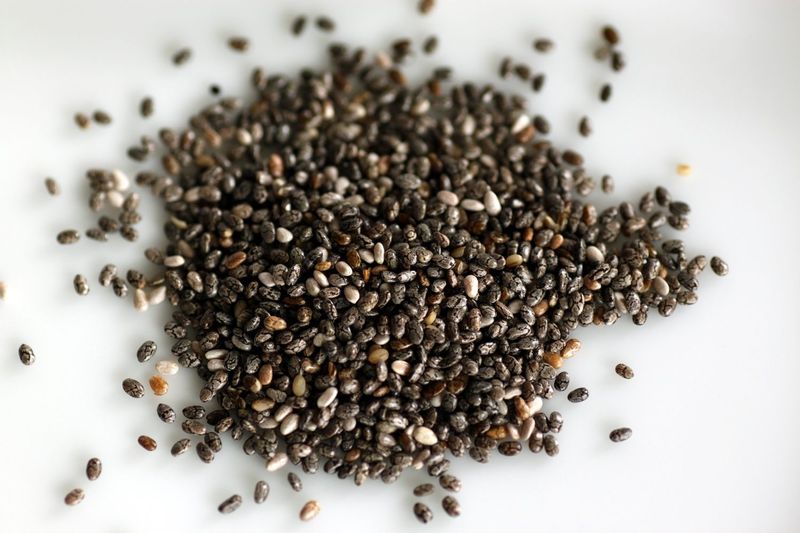
Tiny but mighty, chia seeds are a nutritional powerhouse. With approximately 4 grams of protein per ounce, these seeds are more than just a trendy topping. Chia seeds absorb liquid, forming a gel-like texture, perfect for puddings or thickening smoothies.
Rich in omega-3 fatty acids and fiber, they offer numerous health benefits. Their subtle nutty flavor complements both sweet and savory dishes. From ancient Aztec warriors to modern health enthusiasts, chia seeds have been a beloved source of energy.
Consider adding them to yogurt, oatmeal, or baked goods for an extra protein boost.
Pumpkin Seeds
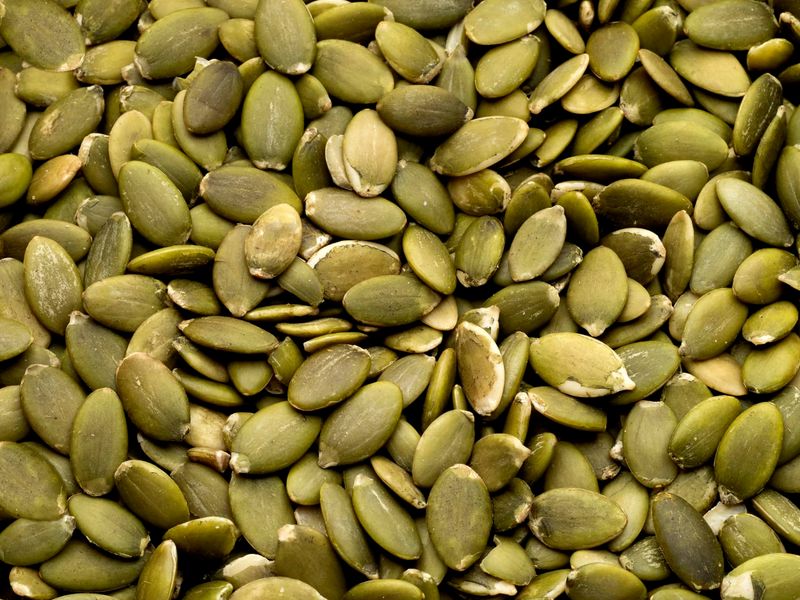
Often discarded as Halloween waste, pumpkin seeds are actually rich in protein, offering about 7 grams per ounce. These seeds are also known as pepitas and have a delightful crunch.
They make for a tasty snack or a crunchy salad topping. Beyond protein, pumpkin seeds are a great source of iron, magnesium, and zinc. Their nutty flavor is versatile, complementing both sweet and savory dishes.
Roast them with spices for an irresistible treat or sprinkle them over soups for added texture and nutrition.
Quinoa
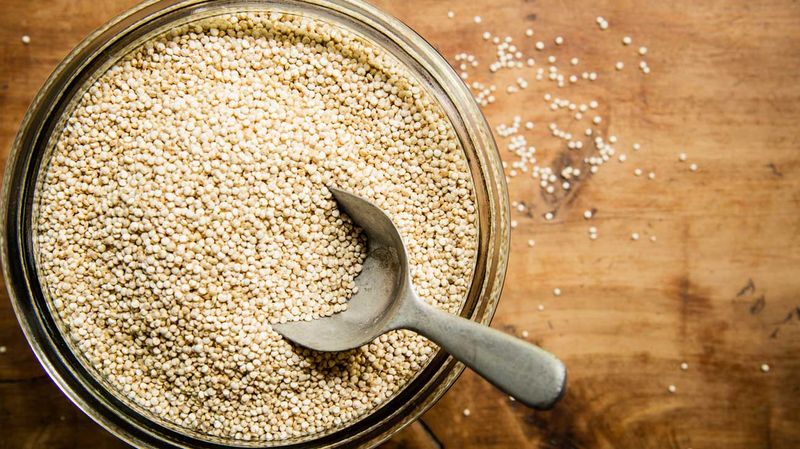
Quinoa, often mistaken for a grain, is actually a seed—and a complete protein at that, with about 8 grams per cup. Its fluffy texture and mild, nutty taste make it a popular rice substitute.
Quinoa is gluten-free and packed with essential amino acids, iron, and magnesium. It’s an ancient crop, revered by the Incas as the “mother of all grains.” Whether in salads, soups, or as a side dish, quinoa is a versatile culinary delight.
It’s perfect for those looking to increase their protein intake without consuming animal products.
Edamame

Edamame, or immature soybeans, are a staple in Japanese cuisine, often enjoyed as a snack or appetizer. With around 17 grams of protein per cup, they’re a substantial source of plant-based protein.
These bright green pods are not only nutritious but also delicious, offering a slightly sweet and nutty flavor. Rich in fiber, vitamins, and minerals, edamame supports overall wellness.
Simply boil or steam them, then sprinkle with a touch of sea salt for a healthy, satisfying treat. Their vibrant color and satisfying texture make them a favorite among health-conscious eaters.
Lentils
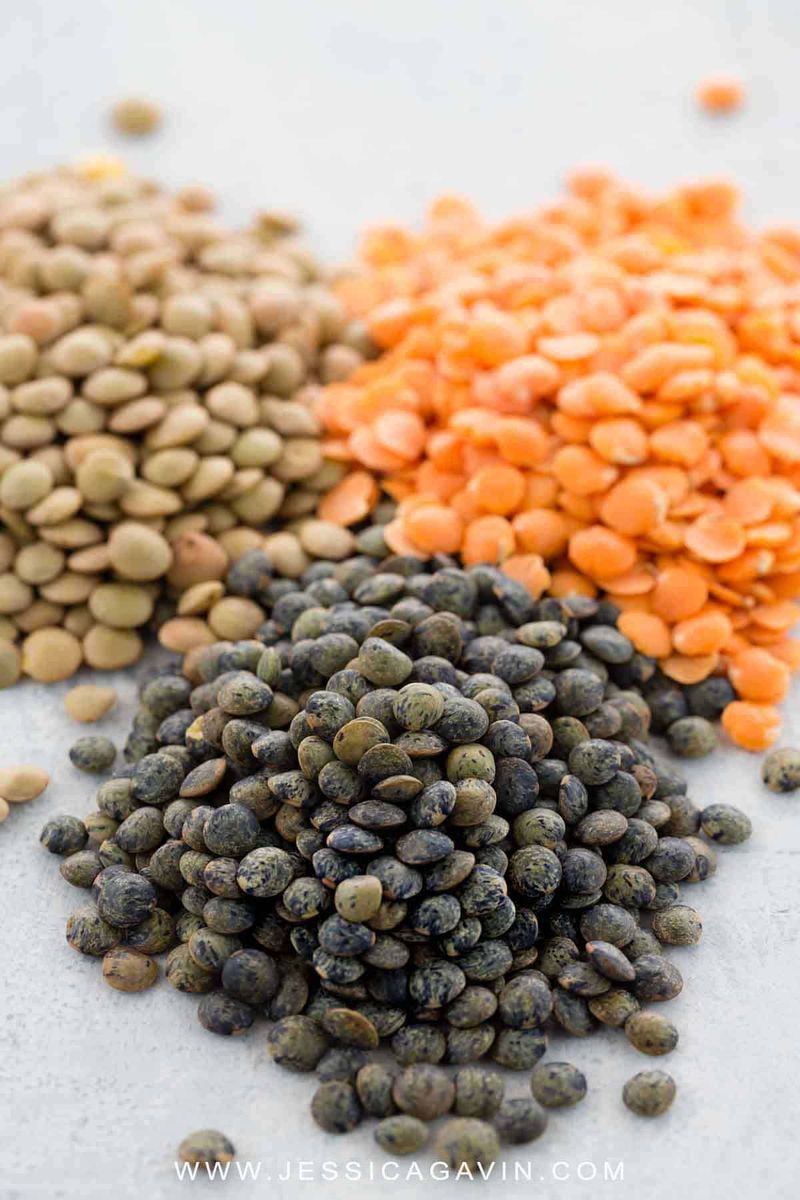
Lentils, an ancient legume, are beloved for their versatility and nutritional profile. With about 18 grams of protein per cup, they are a protein powerhouse.
These tiny legumes are available in various colors, each with a unique flavor and texture. Lentils are rich in fiber, iron, and folate, making them a staple in vegetarian and vegan diets.
From soups and stews to salads and burgers, lentils adapt beautifully to different cuisines. Their earthy taste and hearty nature provide comfort in every bite.
Greek Yogurt
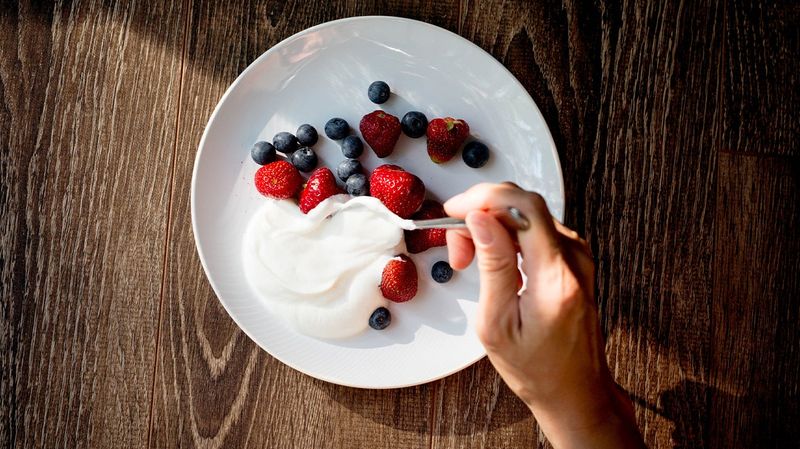
Greek yogurt, thicker and creamier than regular yogurt, is a delicious and protein-rich treat. With about 10 grams of protein per 100 grams, it offers a substantial nutritional boost.
This yogurt is strained to remove excess whey, resulting in its unique texture. Rich in probiotics, calcium, and vitamins, Greek yogurt supports digestive health and bone strength.
Its tangy flavor pairs well with sweet or savory toppings. Use it in smoothies, dips, or as a healthier substitute for sour cream. Its versatility is matched by its nutritional benefits.
Broccoli
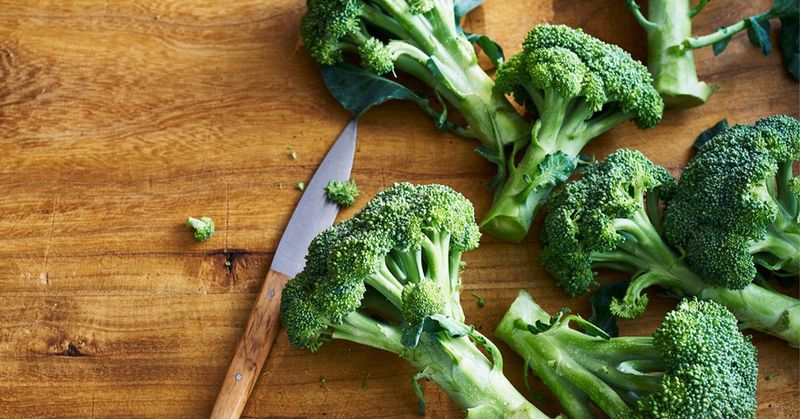
Broccoli, often seen as a dietary staple, surprises many with its protein content. With about 3 grams per cup, it’s not as high as other sources, but still noteworthy for a vegetable.
Rich in vitamins, fiber, and antioxidants, broccoli supports heart health and digestion. Its slightly bitter taste can be offset by roasting, steaming, or adding to stir-fries.
Broccoli has been celebrated for centuries, even earning a place at ancient Roman feasts. Its vibrant green color and satisfying crunch make it a beloved addition to many dishes.
Spirulina

Spirulina, a blue-green algae, is a surprising source of protein, offering around 4 grams per tablespoon. Its striking color and unique flavor make it a standout superfood.
Rich in vitamins, minerals, and antioxidants, spirulina supports immune function and overall well-being. Its earthy taste is best enjoyed in smoothies or as a supplement.
Spirulina has been consumed for centuries, used by ancient civilizations like the Aztecs for its nutritional potency. Today, it’s a popular addition to health-conscious diets worldwide.
Almonds

Almonds, a favorite nut, are not only tasty but also high in protein, with about 6 grams per ounce. They offer a satisfying crunch and a rich, nutty flavor.
Beyond protein, almonds are packed with healthy fats, fiber, and vitamin E, supporting heart and skin health. They’re a convenient snack, easily added to salads, cereals, or baked goods.
Almonds have been cultivated for thousands of years, treasured in various cultures for their nutritional value. Their versatility and health benefits make them a staple in many diets.
Hemp Seeds
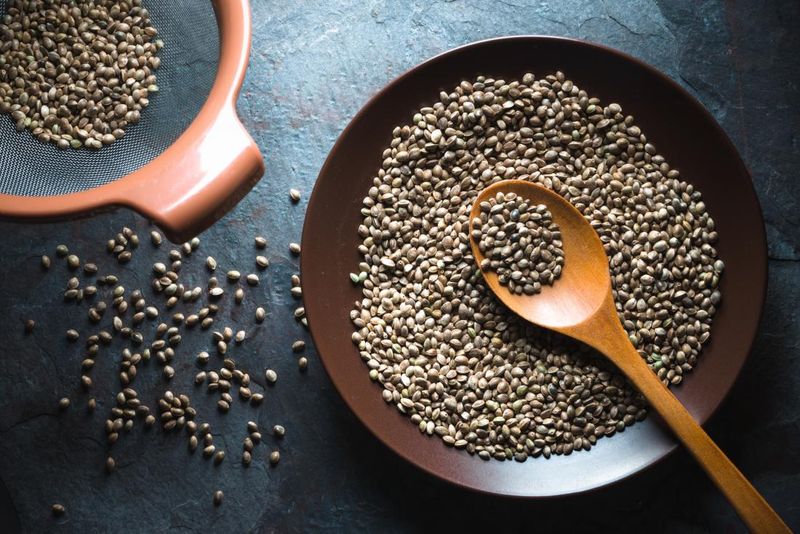
Hemp seeds, with their nutty flavor and crunchy texture, are a surprising source of protein, offering about 10 grams per 3 tablespoons. They’re also rich in omega-3 and omega-6 fatty acids.
These seeds are a nutritional powerhouse, supporting heart and brain health. Their mild flavor makes them a versatile addition to smoothies, salads, or yogurt.
Hemp has been cultivated for thousands of years, valued for its fiber and nutritional benefits. Today, hemp seeds are celebrated for their high protein content and health-promoting properties.
Artichokes

Artichokes, with their unique appearance and flavor, are an unexpected source of protein, containing about 4 grams per medium artichoke. They’re also high in fiber and antioxidants.
Their slightly sweet taste and tender heart make them a delightful addition to meals. Steaming or roasting artichokes with herbs enhances their natural flavor.
Artichokes have been enjoyed since ancient times, revered by the Greeks and Romans for their medicinal properties. Their intriguing form and satisfying taste continue to captivate food lovers worldwide.
Black Beans

Black beans are more than just a side dish. Their rich, dark texture hides a powerhouse of protein and fiber. Known for supporting heart health, these versatile beans can be used in a variety of dishes. From hearty soups to salads, their mild flavor adapts well to different spices.
Did you know? Black beans have been a staple in Latin American cuisine for centuries. Their history dates back to ancient times, providing essential nutrients to generations.
Whether mashed for tacos or added to a chili, black beans can help you meet your protein goals.
Sunflower Seeds
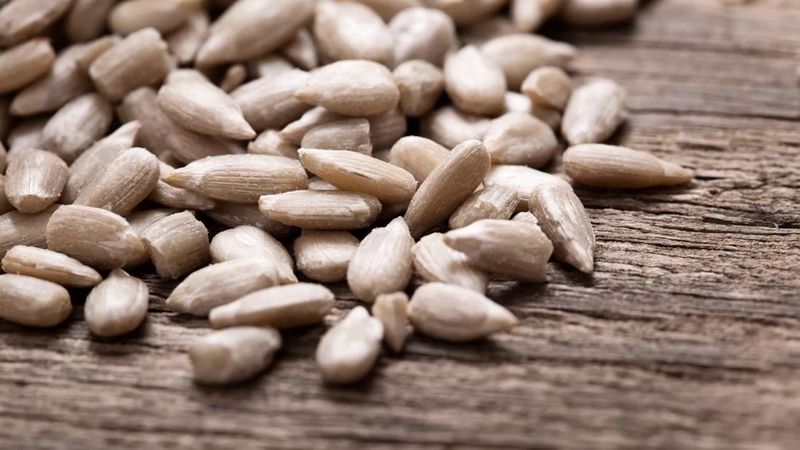
Sunflower seeds may remind you of baseball games, but these tiny seeds are a surprising source of protein. Packed with healthy fats and vitamins, they offer a delightful crunch to any meal.
Sprinkle them over salads or blend them into smoothies for an added protein boost. Their nutty taste complements both sweet and savory dishes, making them incredibly versatile.
Did you know? Sunflower seeds were cultivated by Native Americans over 5,000 years ago. Today, they continue to be a nutritious snack enjoyed worldwide.
Buckwheat
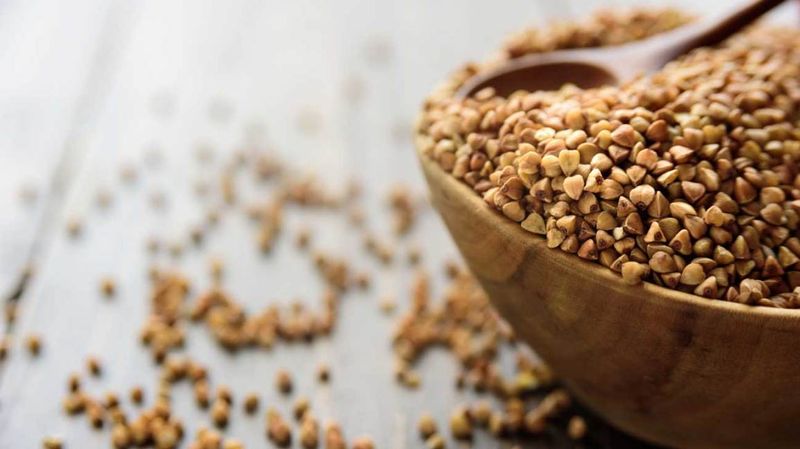
Buckwheat is not a type of wheat, but rather a seed that is gluten-free and protein-rich. Originating from Asia, buckwheat has been cherished for its nutritional value for centuries.
Its earthy flavor makes it suitable for both sweet and savory dishes. Try it as a breakfast porridge or a hearty addition to stews.
Fun fact: Despite its name, buckwheat is related to rhubarb and sorrel. Its triangular seeds are packed with nutrients, offering a wholesome alternative for those avoiding gluten.
Seitan
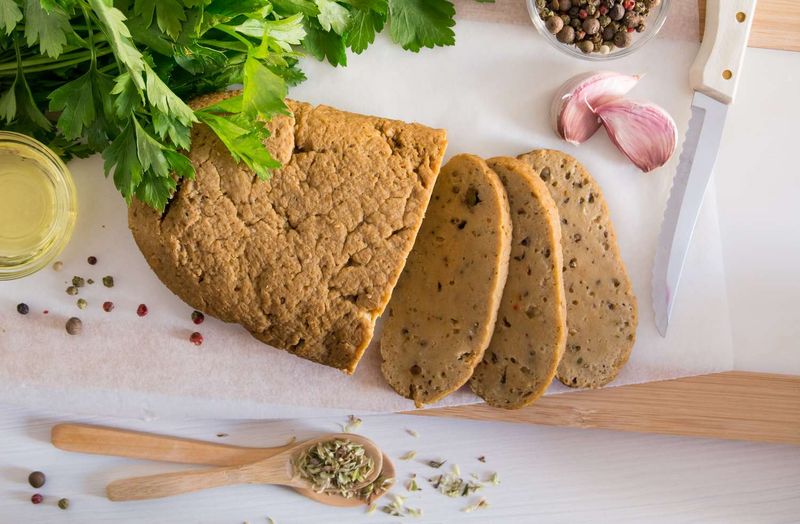
Seitan, known as ‘wheat meat,’ is a plant-based protein that mimics the texture of meat. Made from wheat gluten, it is a staple in many vegetarian and vegan diets.
Its chewy texture and ability to absorb flavors make it ideal for stir-fries or sandwiches. Whether grilled or sautéed, seitan offers a satisfying protein alternative.
Historically, Buddhist monks in China used seitan as a meat substitute. Today, it continues to be a popular choice for those seeking protein without animal products.
Amaranth
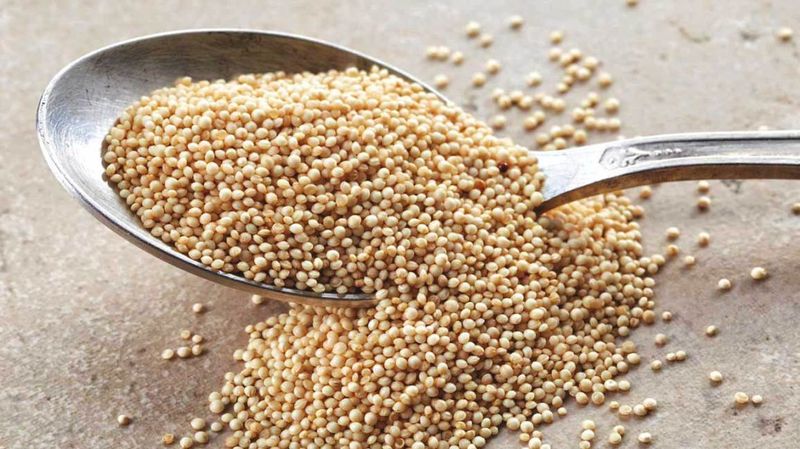
Amaranth, an ancient grain, is revered for its high protein content and impressive nutritional profile. Unlike many grains, amaranth contains all essential amino acids.
Cook it as a porridge or use it in baking for a nutty flavor. Its versatility and health benefits make it a favorite among health enthusiasts.
Did you know? Amaranth was a staple in the diets of the Aztecs. Its resilience and nutritional benefits have made it a popular choice in modern diets.
Tempeh

Tempeh, a fermented soy product, offers a nutty flavor and firm texture. It’s a protein-packed alternative to tofu, often used in Southeast Asian cuisine.
Rich in probiotics, tempeh promotes gut health while supplying ample protein. Slice it into salads or stir-fries for a satisfying meal.
Interesting fact: Tempeh originated in Indonesia and has been a dietary staple for centuries. Its fermentation process increases its nutritional value, making it a popular choice for health-conscious individuals.
Teff
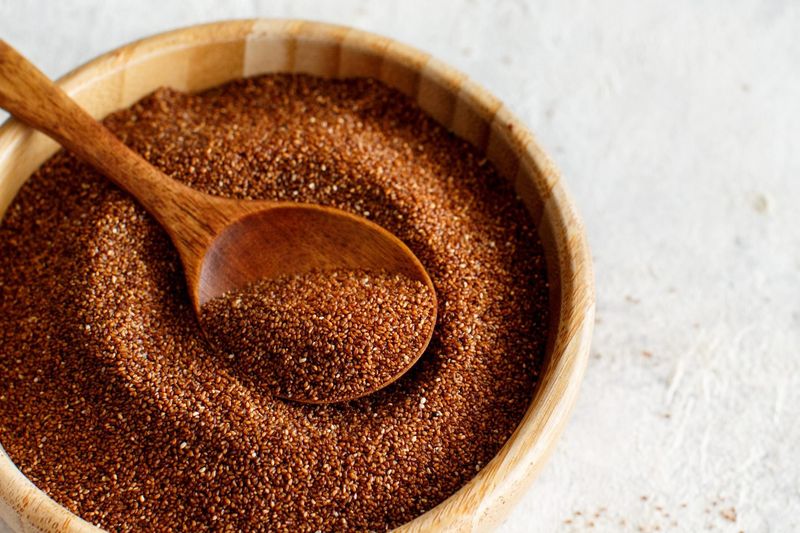
Teff, a tiny grain from Ethiopia, is a nutritional powerhouse with a rich history. It’s high in protein and essential amino acids, making it a complete protein source.
Teff’s mild flavor is perfect for porridges, stews, or baking. Its versatility allows it to be a staple in both traditional Ethiopian dishes and modern recipes.
Did you know? Teff has been cultivated for thousands of years and is a key ingredient in injera, an Ethiopian flatbread enjoyed worldwide.
Nutritional Yeast
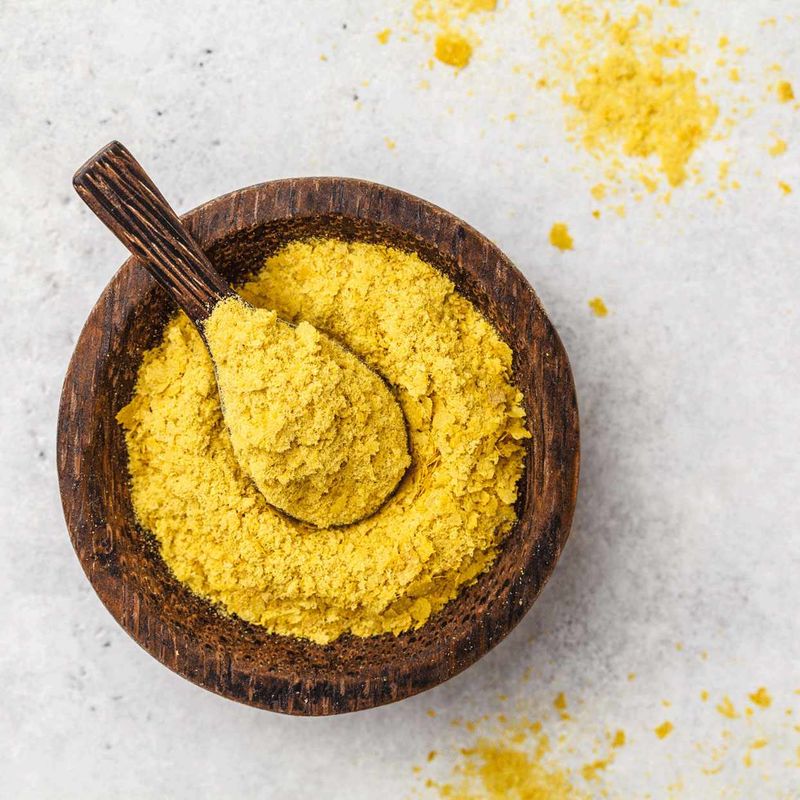
Nutritional yeast is a vegan’s secret weapon for protein and B vitamins. Its cheesy flavor adds depth to dishes without the dairy.
Sprinkle it over popcorn or pasta for a savory twist. Its protein content makes it a valuable addition to plant-based diets.
Fun fact: Nutritional yeast has been used since the 20th century as a dietary supplement. Its popularity has soared among those seeking nutrition without compromising taste.
Peanuts
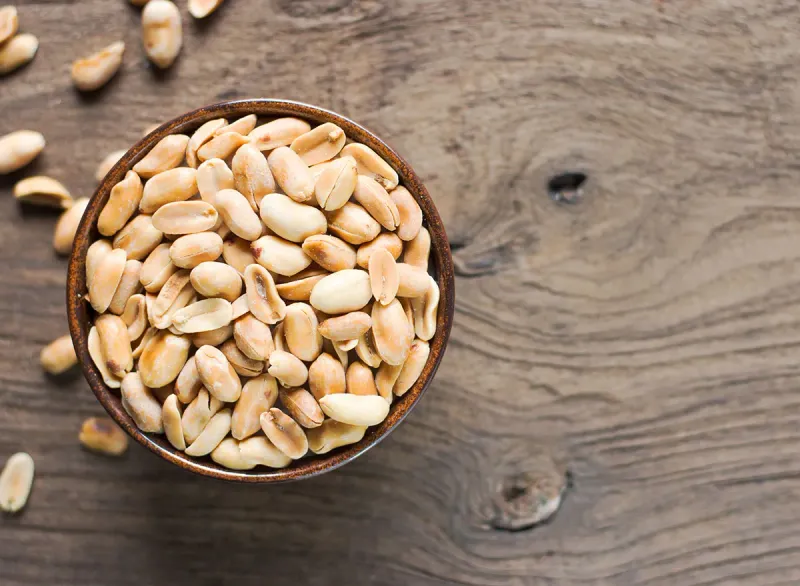
Peanuts are often thought of as just a snack, but they’re actually a protein powerhouse. Rich in healthy fats, they support heart health and provide sustained energy.
Whether enjoyed as peanut butter or in a savory stir-fry, their versatility is unmatched.
Did you know? Peanuts are technically legumes, not nuts. This unique classification adds to their rich nutritional profile, making them a favorite among athletes and health enthusiasts alike.
Sacha Inchi

Sacha Inchi, often called the ‘Inca peanut,’ is a seed rich in protein and omega-3 fatty acids. Native to the Amazon rainforest, it has been valued for its health benefits for centuries.
Snack on these seeds or add them to smoothies for a protein boost. Their nutty flavor and crunchy texture enhance both sweet and savory dishes.
Fun fact: Sacha Inchi was cultivated by ancient civilizations in Peru. Its long history and unique nutritional profile continue to make it a sought-after superfood.
Mung Beans

Mung beans, small and green, are a staple in Asian cuisine known for their high protein content. Their mild, slightly sweet flavor makes them versatile in both sweet and savory dishes.
Use them in soups, salads, or traditional desserts for an added nutritional boost.
Did you know? Mung beans have been cultivated for thousands of years and are a key ingredient in many traditional dishes. Their rich history and nutritional benefits make them a valuable addition to any diet.
Watercress
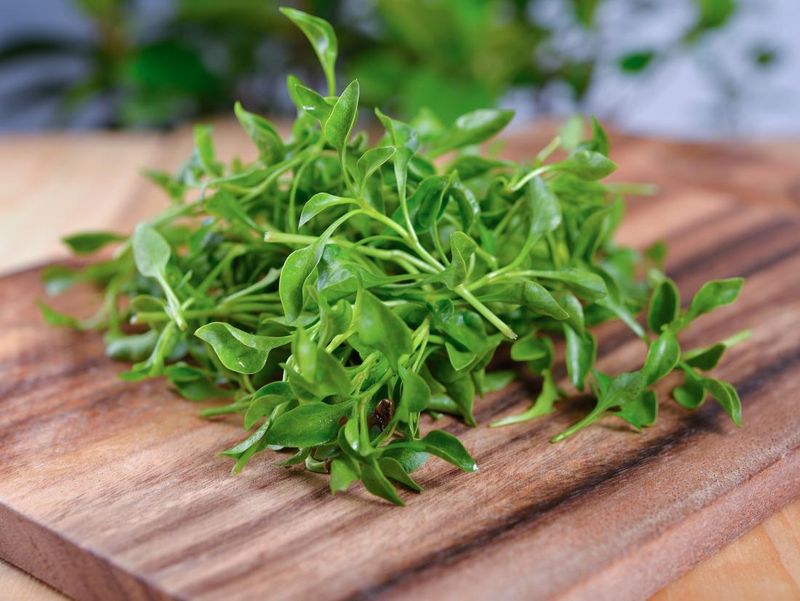
Watercress, a peppery leafy green, surprises many with its protein content. Rich in vitamins and minerals, it adds a nutritional boost to salads and sandwiches.
Its distinct flavor complements both fresh and cooked dishes. Watercress has been used in culinary traditions worldwide for its health benefits.
Fun fact: Watercress was a staple in the diet of Roman soldiers, who believed in its strength-giving properties. Today, its popularity continues to grow among health enthusiasts.
Brazil Nuts

Brazil nuts are more than just a selenium-rich nut. Their creamy texture and rich flavor make them a delicious protein source.
Enjoy them as a snack or add them to baked goods for a nutritional boost. Their unique taste and nutritional benefits make them a favorite among nut lovers.
Did you know? Brazil nuts come from one of the largest trees in the Amazon rainforest. Their impressive size and nutritional profile make them a standout choice for those seeking protein and essential nutrients.
Leave a comment